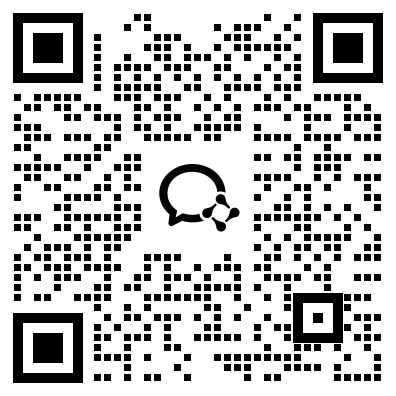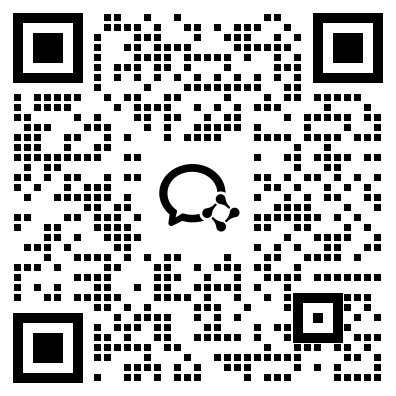Spartan Helmet
收藏Mendeley Data2024-05-10 更新2024-06-30 收录
下载链接:
https://zenodo.org/records/10342183
下载链接
链接失效反馈资源简介:
Spartan helmet modeled in Blender 2.82 and textured in Qixel Mixer. Coin texture taken from www.rassias.gr/CLEOMENES000.jpg Source: Objaverse 1.0 / Sketchfab
创建时间:
2024-01-08



